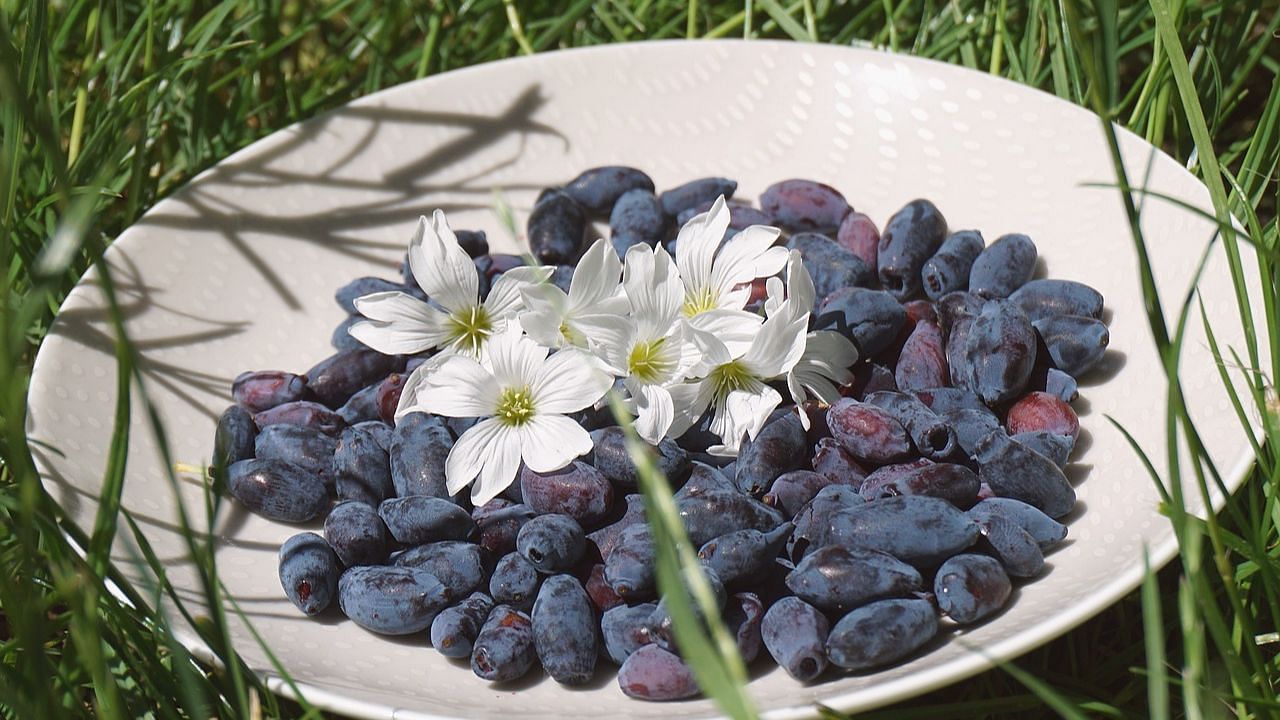
In the harsh landscapes of the Northern regions, where most common berries struggle to thrive, a resilient gem is emerging – the ‘Haskap Berry’. Unlike its counterparts, the 'Haskap Berry' not only withstands the unforgiving cold but it also flourishes, presenting a wealth of potential for growers and consumers alike.
Haskap Berries: Suitable Temperature to Grow
Bred to endure temperatures as low as minus 45 degrees Celsius, with the remarkable ability to bear fruit even at minus 11, the Haskap berry has captured the attention of farmers across Canada and the Northern United States.
Its powdery blue hue and refreshing tartness reminiscent of raspberries or blueberries have earned it praise among consumers. Researchers in the Intermountain West of the USA have identified a developing fresh-market demand for Haskap berries, emphasizing the appeal of supporting local growers.
A Fruit With Many Names
Widespread across Asia, Europe, and North America, both in the wild and cultivated, the Haskap berry goes by various names, including blue honeysuckle and swamp fly honeysuckle, reflecting its diverse origins and adaptability. Found along the northernmost stretches of Canadian highways, the Haskap berry thrives in regions where other fruits struggle to survive.
With minimal susceptibility to pests and an early ripening season, Haskap berries offer a reliable income source, particularly in areas with short growing seasons.
Fruiting Season of Haskap Berries
The fruiting season of the Haskap plant is expanding, with some plants producing berries from June through fall. Beyond fresh consumption, Haskap berries lend themselves to a myriad of culinary applications, including pastries, jams, juices, wines, ice creams, sauces, and candies.
Despite its promising attributes, the widespread adoption of Haskap cultivation faces challenges, primarily the need for more large-scale growers. However, with increasingly challenging harvest conditions prompting farmers to transition from grain to Haskap cultivation, success stories are emerging not only in Canada but also as far south as Maine, underscoring the fruit's potential to thrive in diverse environments and contribute to local economies.











